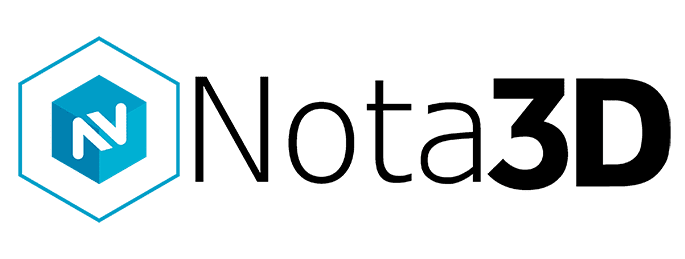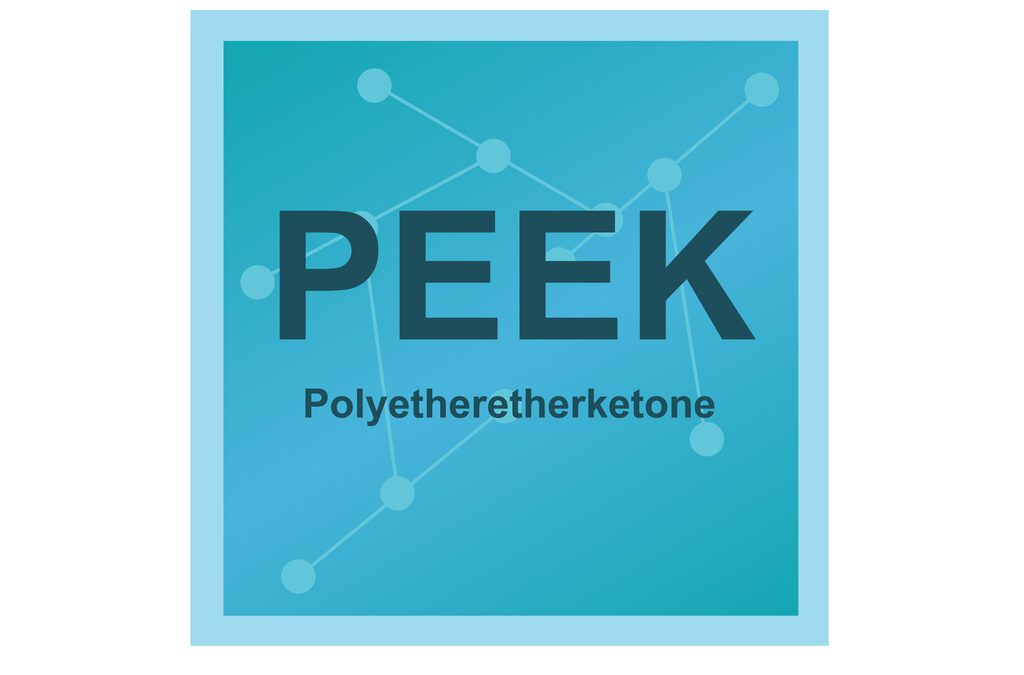The Rise of PEEK in Implants
When it comes to medical advancements, 3D printing is the hero we didn’t know we needed. It’s a tech that’s been sneaking up on us for a while, perfect for crafting intricate devices like spine cages, and it just got a serious upgrade with PEEK – that’s Polyetheretherketone for the uninitiated.
Here’s why Nota3D and 3D Systems are onto something big:
- Strength to Rival Bone: PEEK’s durability is almost identical to human bone. It’s like nature’s design, but reproducible on-demand, which means when it’s used in implants, it meshes well without stressing the surrounding bones.
- X-Ray Invisible: This material doesn’t just play nice with bones; it’s a champ under X-rays too, making it easier for docs to check on how the healing’s going.
But wait, hasn’t PEEK been around? Yep, but it’s been stuck in the old ways of manufacturing, until 3D Systems’ fancy printing tech showed up with its cleanroom vibes and temperature control, making it possible to print PEEK with the precision needed for body-friendly implants.
The real proof is in the pudding – or in this case, the implants:
- Custom Skull Caps: Over in Austria, a guy with a skull deformity got a brand-new piece of headgear, thanks to 3D printing. Not a fashion statement, but a custom-designed cranial implant that fit him to a T.
- Lightweight but Tough: And for those tough breaks, carbon-fiber-reinforced PEEK is stepping up. It’s like the bodybuilder version of regular PEEK, blending strength with bone-like flexibility.
This isn’t just about the tech; it’s about bringing it to the places that matter – hospitals. With 3D Systems’ printers, like the EXT 220 MED, the future is about fast, biocompatible, and personalized care, and that’s a future Nota3D is already helping to build.
Ready to see what PEEK and 3D printing can do for you? Visit Nota3D, and let’s chat about the future of medical implants.
For the full technical scoop, dive into the more details in this article published on Medical Plastics News.

